- Understanding Weeds: Definition and Importance
- Importance of Understanding Weeds
- Types of Weeds
- Weed Prevention and Control Methods
- Conclusion
- Common Types of Weeds in Gardens
- 1. Dandelion (Taraxacum officinale)
- 2. Crabgrass (Digitaria spp.)
- 3. Bindweed (Convolvulus arvensis)
- 4. Purslane (Portulaca oleracea)
- 5. Nettle (Urtica dioica)
- 6. Chickweed (Stellaria media)
- 7. Thistle (Cirsium spp.)
- Impact of Weeds on Plants and Crops
- 1. Competition for resources
- 2. Reduced crop productivity
- 3. Disease and pest vectors
- 4. Allelopathy
- 5. Weed seed contamination
- Prevention of Weed Infestations: Tips and Techniques
- 1. Choose the Right Plants
- 2. Mulch Your Garden
- 3. Properly Maintain Your Garden
- 4. Practice Good Soil Management
- 5. Use Weed Barriers
- 6. Rotate Crops
- 7. Stay Vigilant
- Chemical Weed Control Methods: Pros and Cons
- Introduction
- Pros of Chemical Weed Control
- Cons of Chemical Weed Control
- Conclusion
- Organic Weed Control: Natural Solutions and Practices
- Mulching
- Hand Pulling
- Vinegar Solution
- Boiling Water
- Corn Gluten Meal
- Cultural Practices
- Conclusion
- Mechanical Weed Control: Tools and Techniques
- Introduction
- Hand tools
- Mechanical tools
- Cultivation techniques
- Conclusion
- Integrated Weed Management: Best Practices for Long-Term Control
- 1. Cultural Control
- 2. Mechanical Control
- 3. Chemical Control
- 4. Biological Control
- 5. Monitoring and Prevention
- Questions and Answers:
- What are weeds and why are they a problem?
- What are some common types of weeds?
- What are some prevention methods for controlling weeds?
- What are some chemical methods for controlling weeds?
- Are there any natural methods for controlling weeds?
- Videos: How to Get Rid of Weeds in Flower Beds (4 Easy Steps)
Weeds are unwanted plants that grow in gardens, lawns, and agricultural fields. They compete with desired plants for water, nutrients, and sunlight, resulting in reduced crop yield and poor garden aesthetics. There are various types of weeds, each with its own characteristics and growth habits.
Common types of weeds include broadleaf weeds, grassy weeds, and perennial weeds. Broadleaf weeds have large, flat leaves and include dandelions, clovers, and plantains. Grassy weeds, such as crabgrass and Bermuda grass, have narrow leaves and are more common in lawns. Perennial weeds are the toughest to control as they can regrow from their roots year after year. Examples of perennial weeds include bindweed, thistles, and dandelions.
To prevent the growth of weeds, it is important to maintain healthy and dense vegetation in gardens and lawns. This can be achieved through regular mowing, proper fertilization, and watering practices. Mulching is also an effective method to prevent weed growth as it blocks sunlight from reaching the soil, preventing weed seeds from germinating. Additionally, using weed barriers or ground covers can help suppress weed growth in garden beds.
If weeds do appear, there are several methods to control them. Hand-pulling weeds is an effective but labor-intensive method. It is important to remove the entire weed, including its roots, to prevent regrowth. Chemical herbicides can also be used for weed control, but it is important to follow label instructions and use them responsibly. Organic weed control methods, such as using vinegar or boiling water, can be effective for some types of weeds.
It is important to identify weeds early and take action to prevent them from spreading. An integrated approach combining prevention, early detection, and control methods is the key to effectively managing weeds.
Understanding Weeds: Definition and Importance
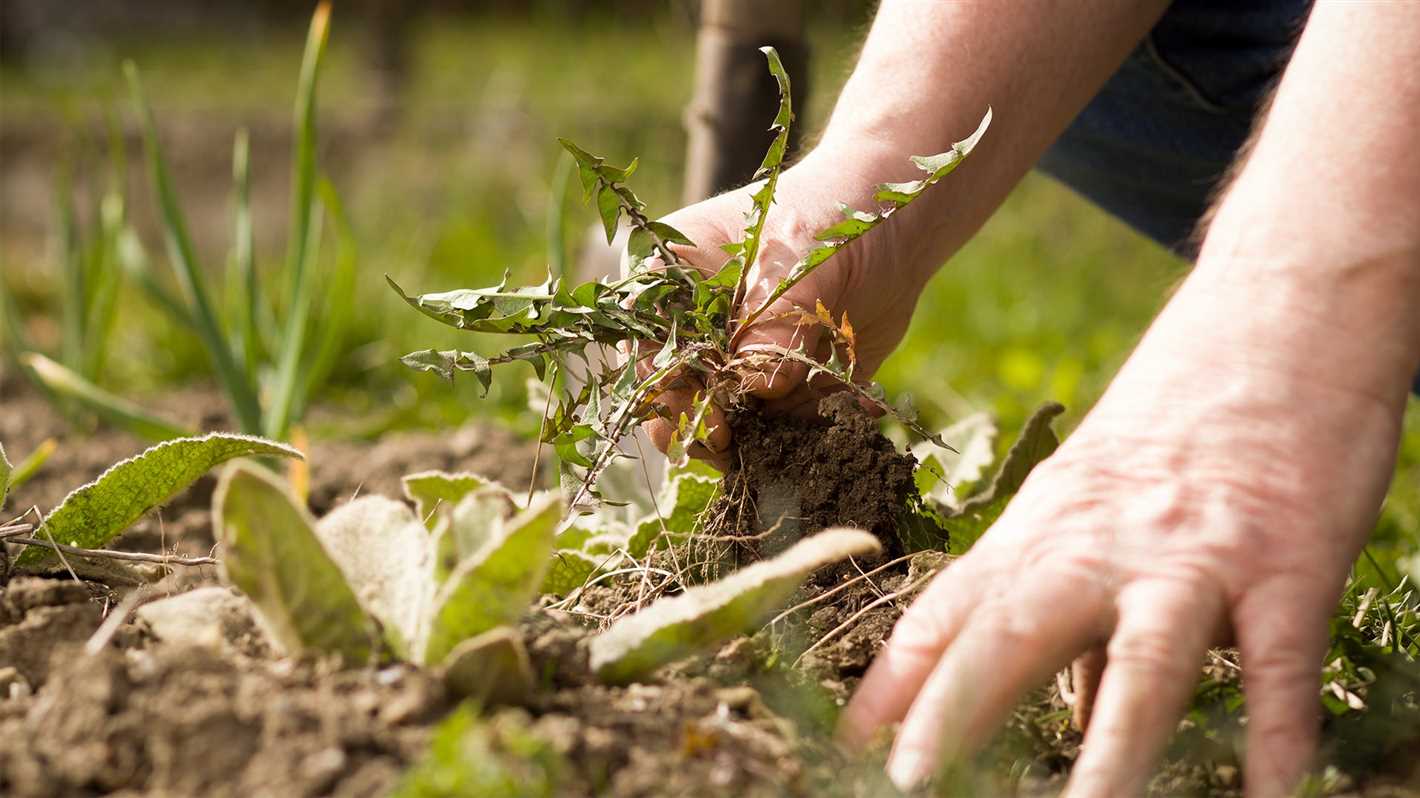
Weeds are defined as unwanted plants that grow in gardens, lawns, agricultural fields, and other areas where they are not desired. They are known for their ability to compete with crops or desirable plants for resources such as nutrients, water, and sunlight. Weeds can cause significant damage to crops and reduce their yield.
Importance of Understanding Weeds
Understanding weeds is crucial for effective weed control and management. By learning about different types of weeds and their characteristics, farmers, gardeners, and land managers can develop strategies to prevent weed infestations and minimize their impact. Knowing how to identify weeds and their life cycles can also help in choosing the most appropriate control methods.
Types of Weeds
Weeds can be classified into different categories based on various factors such as their life cycle, growth habit, and habitat. Some common types of weeds include:
- Annual weeds: These weeds complete their life cycle in one year and reproduce by producing a large number of seeds.
- Perennial weeds: These weeds live for more than one year and have various mechanisms to survive unfavorable conditions.
- Grass weeds: These weeds belong to the grass family and are commonly found in lawns and agricultural fields.
- Broadleaf weeds: These weeds have broad leaves and are often found in gardens and agricultural fields.
- Aquatic weeds: These weeds grow in water bodies such as ponds, lakes, and rivers.
Weed Prevention and Control Methods
Preventing weed infestations is an important step in weed control. This can be achieved through various methods, including:
- Maintaining healthy and dense crops or plants to reduce weed competition.
- Practicing proper sanitation by removing weed seeds and plant residues.
- Using mulches to suppress weed growth and conserve soil moisture.
- Implementing cultural control methods such as crop rotation and intercropping.
If weeds do become a problem, there are several control methods available:
- Hand pulling or hoeing weeds to physically remove them from the soil.
- Applying herbicides to selectively kill weeds without harming desirable plants.
- Using mechanical tools like weed trimmers or mowers to cut down weeds.
- Introducing biological control agents such as insects or bacteria to target specific weed species.
Conclusion
Understanding weeds and their impact is essential for effective weed management. By identifying and implementing appropriate prevention and control methods, the negative effects of weeds can be minimized, leading to healthier crops, lawns, and gardens.
Common Types of Weeds in Gardens
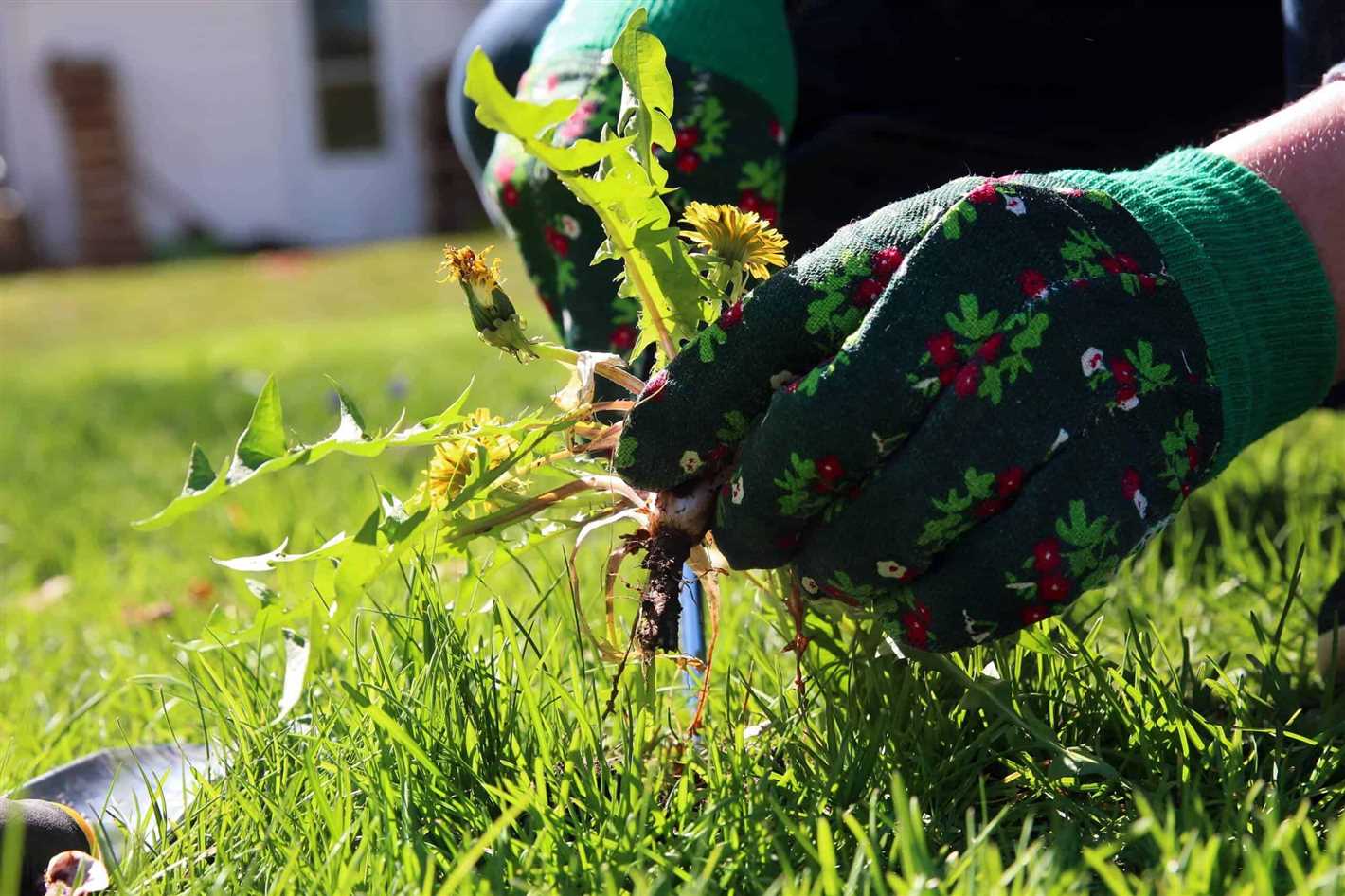
Weeds are unwanted plants that grow in gardens and compete with desirable plants for resources such as water, nutrients, and sunlight. Here are some common types of weeds that gardeners often encounter:
1. Dandelion (Taraxacum officinale)
Dandelions are perennial weeds with bright yellow flowers and deeply lobed leaves. They spread easily through wind-borne seeds and have a long taproot, making them difficult to remove completely.
2. Crabgrass (Digitaria spp.)
Crabgrass is an annual weed that commonly infests lawns and garden beds. It has flat, spreading stems and wide leaves. Crabgrass seeds are abundant and can remain viable in the soil for several years.
3. Bindweed (Convolvulus arvensis)
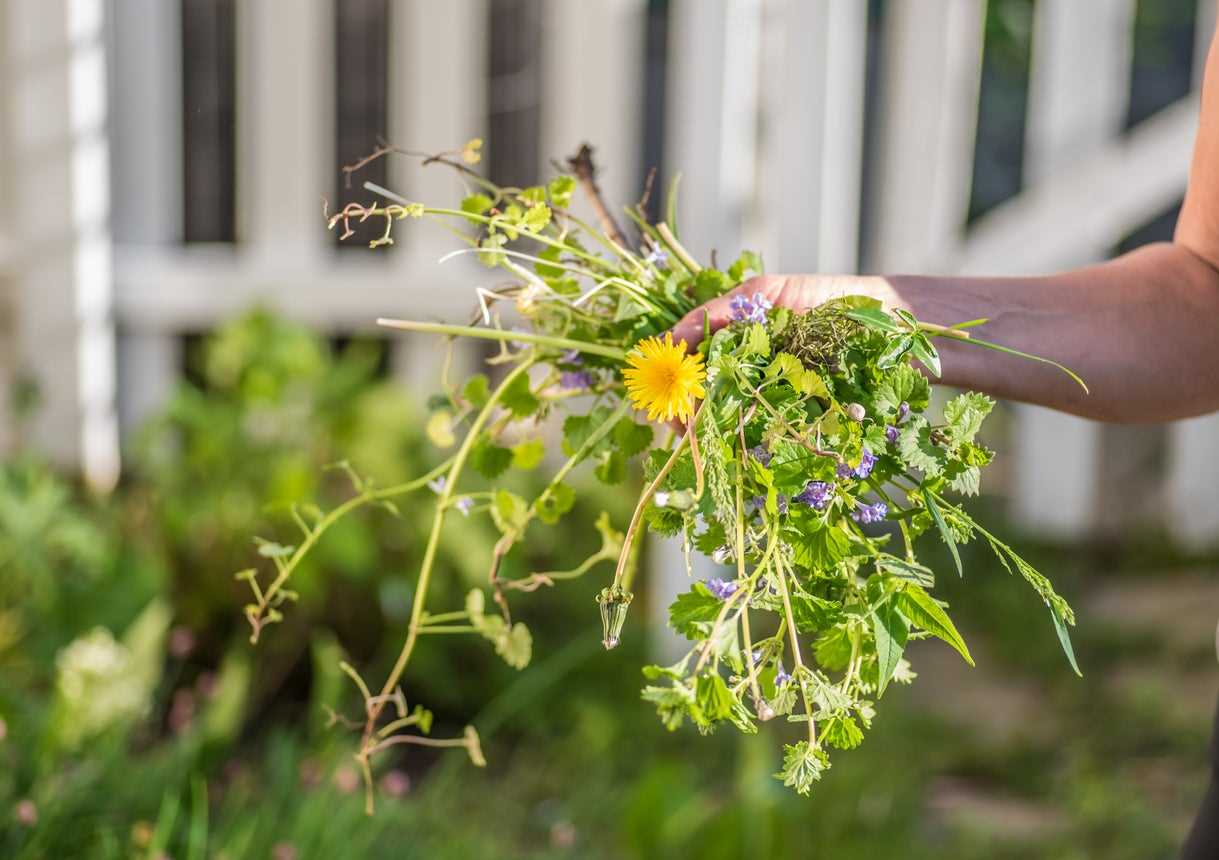
Bindweed, also known as morning glory, is a perennial vine with heart-shaped leaves and white or pink trumpet-shaped flowers. It twines around other plants, choking them and reducing their growth.
4. Purslane (Portulaca oleracea)
Purslane is an annual weed with fleshy, succulent leaves and small yellow flowers. It thrives in warm and dry conditions and can quickly spread, particularly in vegetable gardens.
5. Nettle (Urtica dioica)
Nettle is a perennial weed with serrated leaves that cause a stinging sensation on contact due to tiny hairs that release irritating chemicals. It prefers moist and nitrogen-rich soil.
6. Chickweed (Stellaria media)
Chickweed is an annual weed with small oval-shaped leaves and white star-like flowers. It grows in dense patches and can easily spread through self-seeding.
7. Thistle (Cirsium spp.)
Thistles are perennial weeds with prickly stems and leaves. They have purple or pink flowers and produce numerous seeds that have a high germination rate.
To effectively manage these weeds, gardeners can use a combination of strategies such as hand-pulling, mulching, herbicides, and proper garden maintenance.
Impact of Weeds on Plants and Crops
Weeds can have a significant negative impact on plants and crops. They compete with desirable plants for resources such as sunlight, water, and nutrients. This competition can lead to reduced growth and yield of cultivated plants. Here are some of the ways weeds can affect plants and crops:
1. Competition for resources
Weeds are fast-growing and can quickly dominate an area, depriving desired plants of essential resources. They compete with crops for sunlight, water, and nutrients, making it difficult for the crops to thrive.
2. Reduced crop productivity
When weeds compete with crops for resources, the productivity of the crop can be significantly reduced. Weeds can suppress crop growth, resulting in stunted plants and lower yields.
3. Disease and pest vectors
Weeds can serve as hosts for pests and diseases, which can then spread to cultivated plants. Insects and other pests may use the weeds as a food source or breeding ground, and then move on to infest crops.
4. Allelopathy
Some weeds release chemicals that inhibit the growth of nearby plants. This phenomenon, known as allelopathy, can have a detrimental effect on the growth and development of desired crops.
5. Weed seed contamination
Weeds often produce a large number of seeds, which can remain in the soil and germinate in future seasons. These weed seeds can contaminate harvested crops, leading to weed growth in subsequent plantings.
| Weed | Impact on Plants and Crops |
|---|---|
| Dandelion | Competes for resources, reduces crop yield |
| Bindweed | Chokes plants, reduces crop productivity |
| Canada thistle | Competes for resources, reduces crop quality |
| Japanese knotweed | Invasive, spreads rapidly, suppresses native plants |
It is crucial to implement effective weed prevention and control measures to mitigate the impact of weeds on plants and crops. These can include regular monitoring and timely removal of weeds, mulching, crop rotation, and the use of herbicides as a last resort.
Prevention of Weed Infestations: Tips and Techniques
1. Choose the Right Plants
One of the most effective ways to prevent weed infestations is by selecting the right plants for your garden. Some plants, such as groundcovers and dense shrubs, can suppress weed growth by blocking sunlight and preventing weed seeds from germinating. Choose plants that are known for their ability to compete with weeds.
2. Mulch Your Garden
Mulching is another important technique for preventing weed infestations. Apply a layer of organic mulch, such as wood chips or straw, around your plants. Mulch helps to suppress weed growth by blocking sunlight and inhibiting weed seed germination. It also helps to retain moisture in the soil, reducing the need for watering.
3. Properly Maintain Your Garden
Maintaining a well-tended garden is crucial for preventing weed infestations. Regularly remove weeds as soon as you spot them, before they can spread and establish themselves. Be sure to remove both the weed and its roots to prevent regrowth. Additionally, keep your garden beds and pathways clean and free of debris, as weeds can easily find a space to grow in neglected areas.
4. Practice Good Soil Management
Healthy soil can help prevent weed infestations. Ensure that your soil is well-drained and rich in organic matter. Healthy, nutrient-rich soil promotes the growth of desirable plants, which can outcompete weeds for resources. Consider conducting a soil test to determine if any amendments, such as compost or fertilizers, are needed to improve soil quality.
5. Use Weed Barriers
Installing weed barriers can be an effective method to prevent weed infestations in specific areas of your garden. Weed barriers, such as landscape fabric or thick layers of newspaper, can be placed under mulch or gravel to prevent weed seeds from germinating. However, it’s important to monitor these barriers regularly and remove any weeds that manage to find a way through.
6. Rotate Crops
If you have a vegetable garden, consider rotating your crops each year. This practice can help prevent weed infestations by disrupting the life cycle of weeds that are specific to certain crops. Rotating crops also helps to improve overall soil health and reduce the risk of soil-borne diseases.
7. Stay Vigilant
Weed prevention requires ongoing effort and attention. Regularly inspect your garden for any signs of weed growth and take immediate action to remove them. By staying vigilant and practicing good weed prevention techniques, you can keep your garden healthy and weed-free.
| Technique | Description |
|---|---|
| Choose the Right Plants | Select plants that can compete with weeds and suppress their growth. |
| Mulch Your Garden | Apply organic mulch to block sunlight and inhibit weed seed germination. |
| Properly Maintain Your Garden | Regularly remove weeds and keep your garden clean and debris-free. |
| Practice Good Soil Management | Ensure well-drained, nutrient-rich soil to promote the growth of desirable plants. |
| Use Weed Barriers | Install barriers like landscape fabric to prevent weed seeds from germinating. |
| Rotate Crops | Rotate crops in your vegetable garden to disrupt weed life cycles. |
| Stay Vigilant | Regularly inspect your garden and promptly deal with any growing weeds. |
Chemical Weed Control Methods: Pros and Cons
Introduction
Weeds can be a major problem in gardens and agricultural fields, competing with desired plants for nutrients, water, and sunlight. Chemical weed control methods involve the use of herbicides to manage weed populations. While chemical methods can be effective in controlling weeds, they also have their advantages and disadvantages. In this article, we will discuss the pros and cons of chemical weed control methods.
Pros of Chemical Weed Control
- Effective: Chemical herbicides are often highly effective in killing weeds, offering a quick solution to weed problems.
- Convenience: Chemical weed control methods are relatively easy to apply and can target specific weed species, minimizing damage to desired plants.
- Large-scale control: Chemical herbicides can be used to control weeds in large areas quickly and efficiently, making them suitable for agricultural fields and commercial landscapes.
- Long-lasting effects: Some chemical herbicides can provide long-lasting control of weeds, reducing the need for frequent reapplications.
Cons of Chemical Weed Control
- Environmental impact: Chemical herbicides can have negative effects on the environment, including contaminating water sources, harming non-target plants and animals, and contributing to air pollution.
- Health risks: The use of chemical weed control methods may pose health risks to humans and animals if not used properly. Prolonged exposure or ingestion of herbicides can lead to adverse health effects.
- Resistant weeds: Frequent use of the same herbicides can lead to the development of resistant weed populations, making chemical control less effective over time.
- Cost: Chemical weed control methods can be expensive, especially for large-scale applications. The cost of purchasing herbicides and the equipment needed for application can add up.
Conclusion
Chemical weed control methods offer a quick and effective solution to weed problems, especially in large-scale settings. However, they also come with drawbacks such as environmental impact, health risks, development of resistant weeds, and cost considerations. It is important to weigh the pros and cons before deciding on the use of chemical herbicides for weed control, and to follow safety guidelines to minimize potential risks.
Organic Weed Control: Natural Solutions and Practices
Weeds can be a persistent problem in gardens and landscapes, but chemical herbicides are not the only solution. Organic weed control methods offer natural alternatives that can be effective and environmentally friendly. By implementing these practices, you can keep your garden weed-free without the use of harmful chemicals.
Mulching
One of the best ways to control weeds organically is through mulching. Mulch acts as a barrier, preventing sunlight from reaching weed seeds and suppressing their growth. Organic materials such as straw, wood chips, or shredded leaves can be used as mulch. Apply a layer of mulch around your plants, leaving a few inches of space around the stems to prevent rot.
Hand Pulling
If you have a small garden or only a few weeds, hand pulling is an effective way to control them. Make sure to pull the weeds out from the roots to prevent regrowth. This method can be time-consuming, but it allows you to selectively remove weeds without harming your desired plants.
Vinegar Solution
Vinegar can be used as a natural weed killer. Mix white vinegar with water in a spray bottle and spray it directly on the weeds. The acetic acid in vinegar dehydrates and kills the weeds. Be careful when using vinegar, as it can also affect your desirable plants if sprayed on them.
Boiling Water
If you have weeds growing in cracks or crevices, pouring boiling water on them is a quick and easy way to kill them. The hot water will destroy the cell structure of the weeds and prevent their growth. However, be cautious when using boiling water, as it can also harm nearby plants.
Corn Gluten Meal
Corn gluten meal is a natural pre-emergent herbicide that can prevent weed seeds from germinating. It works by inhibiting root development in the early stages of weed growth. Apply corn gluten meal to your soil before weed seeds have a chance to sprout. This method is most effective for annual weeds.
Cultural Practices
Practicing good cultural habits can help prevent weed growth in the first place. These practices include proper watering, mowing, and spacing of plants. By providing optimal growing conditions for your desired plants, you minimize the opportunities for weeds to take hold and thrive.
Conclusion
Organic weed control methods offer effective and environmentally friendly ways to keep your garden weed-free. By practicing mulching, hand pulling, using natural solutions like vinegar and boiling water, and implementing good cultural practices, you can maintain a healthy and weed-free garden without the use of chemicals.
Mechanical Weed Control: Tools and Techniques
Introduction
Mechanical weed control refers to the use of physical tools and techniques to remove or damage weeds and prevent their growth. This method is considered one of the safest and most sustainable ways to manage weed populations without relying on chemical herbicides. Here are some commonly used tools and techniques for mechanical weed control.
Hand tools
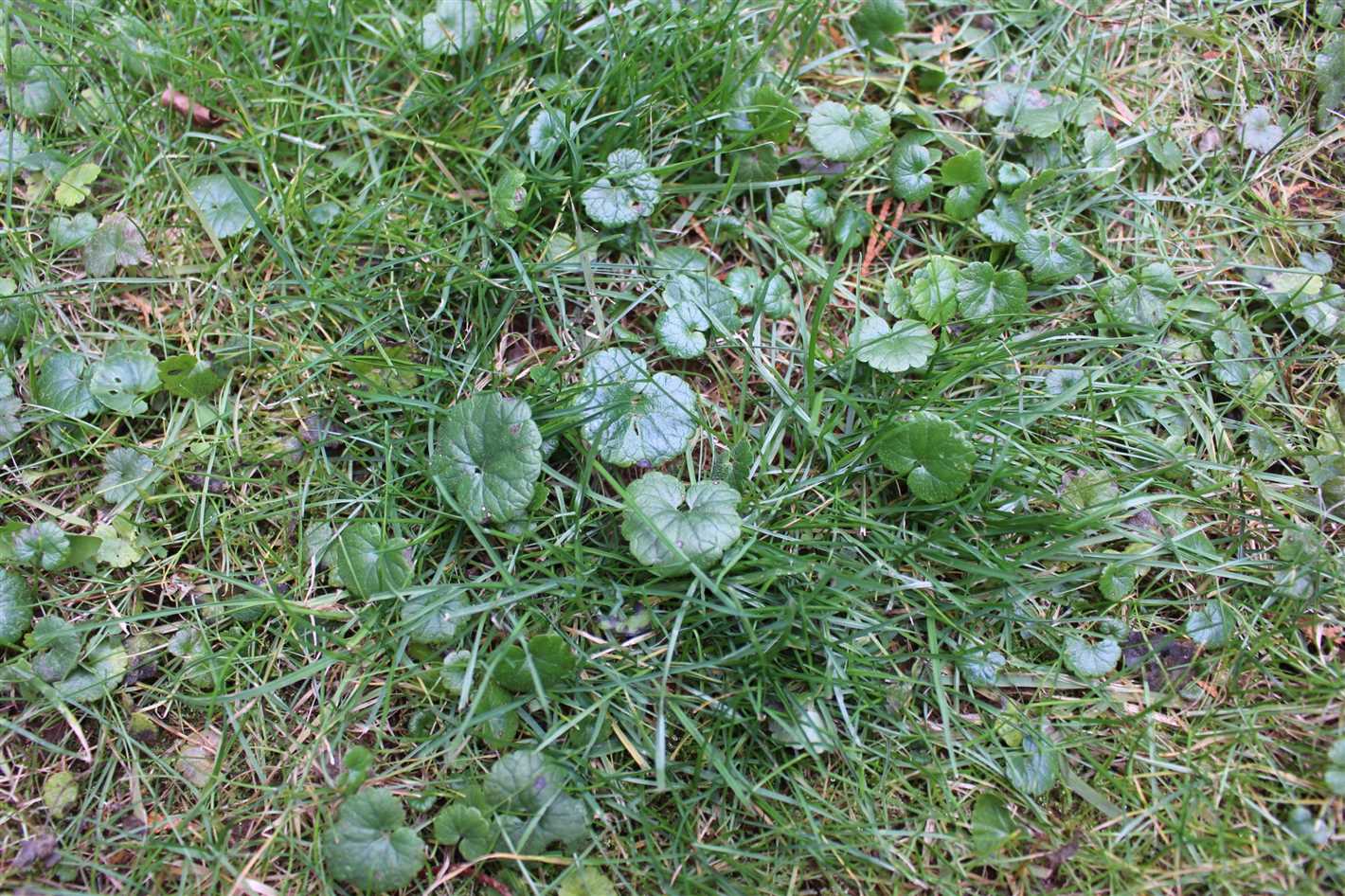
Hand tools are essential for smaller areas or precision weed control. These tools include:
- Weeding fork: A weeding fork has sharp, pointed prongs that help lift and remove weeds from the root. It is particularly useful for deep-rooted weeds.
- Hoe: A hoe is a versatile tool that can be used to chop and remove weeds. It cuts through the soil surface, severing the young weeds from their roots.
- Trowel: A trowel is a small, handheld tool with a pointed blade. It is ideal for removing individual weeds, especially those in tight spaces.
Mechanical tools
For larger areas or more efficient weed control, mechanical tools can be used. These tools are often powered by electricity or gas and include:
- Lawn mower: A lawn mower equipped with a bagging attachment can be used to collect weeds that have grown tall. This can help prevent the dispersal of weed seeds.
- Rotary tiller: A rotary tiller is useful for turning over the soil and disrupting weed growth. It breaks up the soil, burying and uprooting weeds in the process.
- Flame weeder: A flame weeder uses controlled flames to burn weeds. It is most effective on young, small weeds.
Cultivation techniques
Cultivation techniques involve tilling the soil at specific intervals to disrupt weed growth and prevent weed seed germination. These techniques include:
- Shallow cultivation: Shallow cultivation involves loosening the top layer of soil to disturb weed seedlings. It is done before the weeds have a chance to establish strong roots.
- Deep cultivation: Deep cultivation involves turning the soil to a greater depth. This method is useful for uprooting perennial weeds with deep root systems.
Conclusion
Mechanical weed control is an effective and environmentally friendly way to manage weed populations. Whether using hand tools, mechanical tools, or cultivation techniques, the goal is to physically remove or damage weeds, preventing their growth and spread. Incorporating these methods into a weed control program can help maintain a healthy garden or landscape without relying on chemical herbicides.
Integrated Weed Management: Best Practices for Long-Term Control
Weeds can quickly become a nuisance in any garden or landscape. They compete with desirable plants for nutrients, water, and sunlight, and can significantly reduce crop yields or the overall aesthetic appeal of an area. To effectively manage weeds, it is important to implement an integrated weed management approach that combines various strategies for long-term control.
1. Cultural Control
Cultural control methods aim to modify the growing conditions to discourage weed growth and promote the growth of desired plants. Some effective cultural control methods include:
- Proper soil preparation: Till the soil before planting to remove existing weeds and their roots.
- Mulching: Apply a layer of organic mulch around plants to suppress weed growth.
- Proper spacing: Maintain proper plant spacing to prevent weed competition.
- Hand weeding: Regularly remove weeds by hand to prevent them from spreading.
2. Mechanical Control
Mechanical control methods involve physically removing or destroying weeds. These methods are most effective for small-scale areas and can include:
- Mowing: Regularly mow areas with grassy weeds to prevent seed formation and spread.
- Tilling: Use a cultivator or hoe to uproot weeds in garden beds.
- Hand pulling: For larger weeds with well-established roots, hand pulling can be effective.
3. Chemical Control
Chemical control methods involve the use of herbicides to control weed growth. When using herbicides, it is important to carefully follow the instructions provided by the manufacturer to ensure effective and safe use. Some best practices for chemical control include:
- Selective herbicides: Use herbicides that target specific weed types, minimizing harm to desirable plants.
- Pre-emergent herbicides: Apply herbicides prior to weed seed germination to prevent their growth.
- Post-emergent herbicides: Apply herbicides directly to emerged weeds.
- Spot treatment: Use herbicides sparingly and only on affected areas.
4. Biological Control
Biological control methods utilize natural enemies of weeds to reduce their populations. This approach is often used in large-scale agricultural settings and may include:
- Introducing weed-eating insects: Certain insects feed on specific weed species, providing natural control.
- Using grazing animals: Grazing animals can help control weeds in pastures and open areas.
5. Monitoring and Prevention
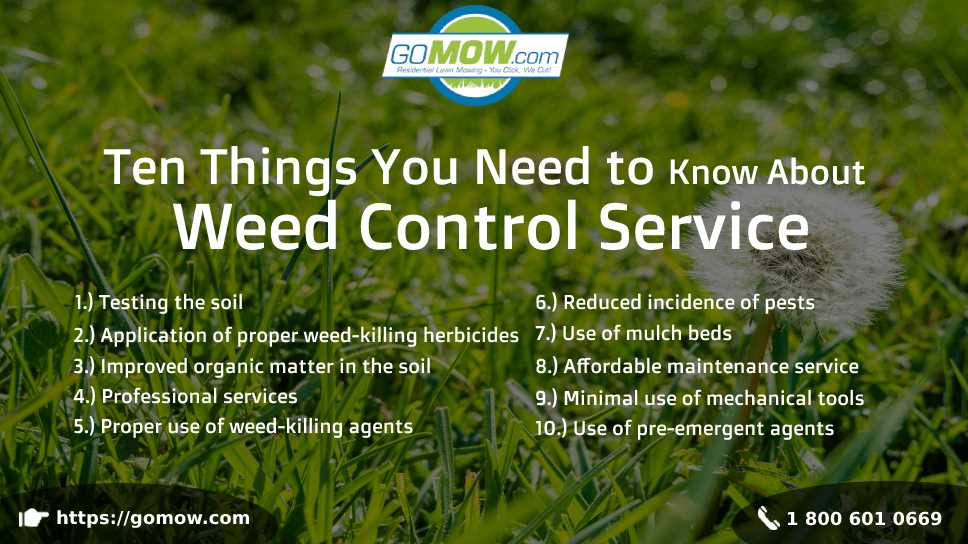
Regular monitoring of the garden or landscape is essential to prevent weed infestations and ensure early detection. Some preventative measures include:
- Regularly inspecting plants and garden areas for weed growth.
- Removing weeds before they produce seeds.
- Properly disposing of weed-infested plant material.
- Implementing proper sanitation practices to prevent weed spread.
By implementing an integrated weed management approach that incorporates multiple control methods, gardeners and landowners can achieve long-term weed control and maintain a healthy and vibrant landscape.
Questions and Answers:
What are weeds and why are they a problem?
Weeds are unwanted plants that grow in gardens, lawns, and fields. They are a problem because they compete with desirable plants for nutrients, sunlight, and water. They can also harbor pests and diseases, leading to reduced crop yields and overall damage to the ecosystem.
What are some common types of weeds?
There are many different types of weeds, but some common ones include dandelions, crabgrass, thistles, and bindweed. Each type of weed may have different characteristics and requires different methods of control.
What are some prevention methods for controlling weeds?
Prevention is key when it comes to controlling weeds. Some prevention methods include using mulch to smother weed seeds, planting dense ground covers to limit weed growth, and regularly cleaning garden tools and equipment to prevent the spread of weed seeds.
What are some chemical methods for controlling weeds?
Chemical methods for weed control include using herbicides, which are chemicals specifically designed to target and kill weeds. There are different types of herbicides, such as pre-emergent herbicides that prevent weed seeds from germinating and post-emergent herbicides that kill weeds after they have already grown.
Are there any natural methods for controlling weeds?
Yes, there are several natural methods for controlling weeds. Some examples include hand-pulling weeds, using vinegar or boiling water to kill weeds, and employing organic mulches, such as wood chips or straw, to suppress weed growth.







